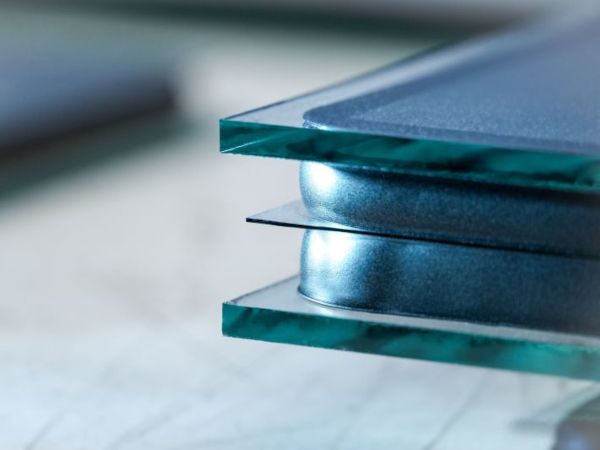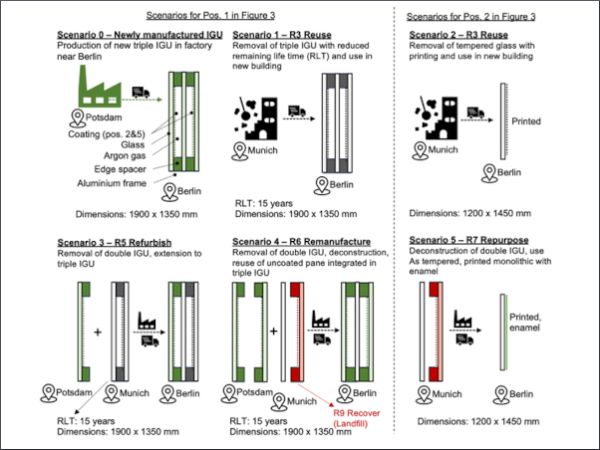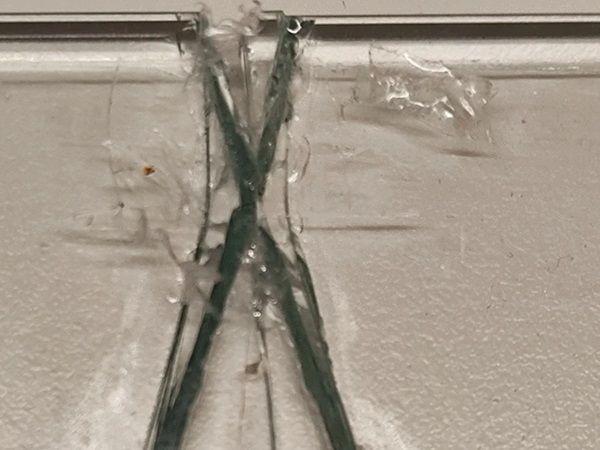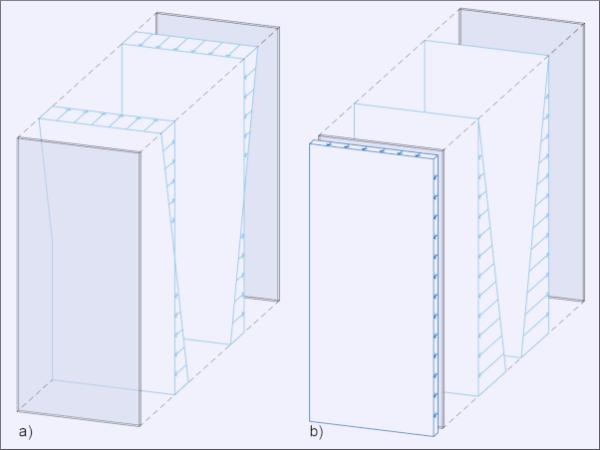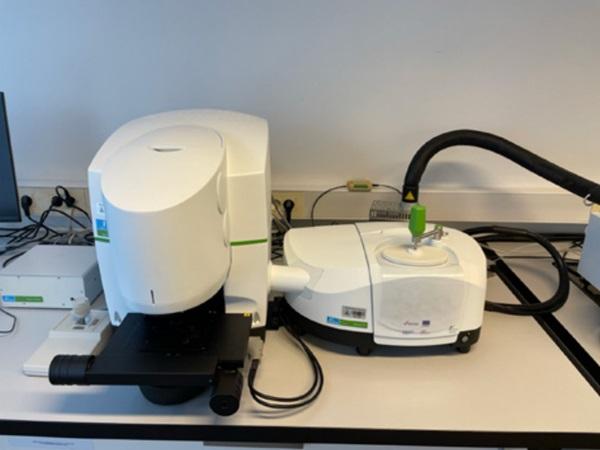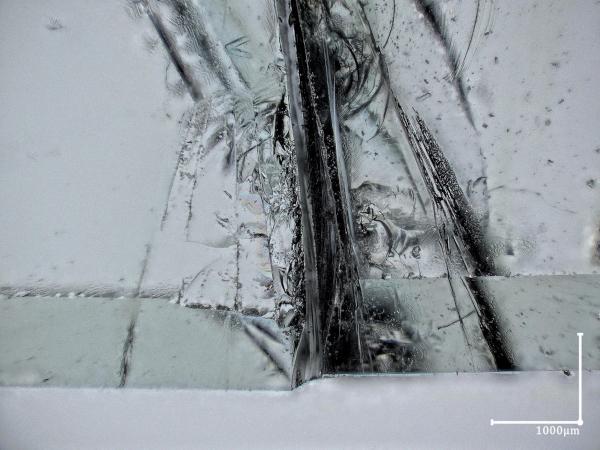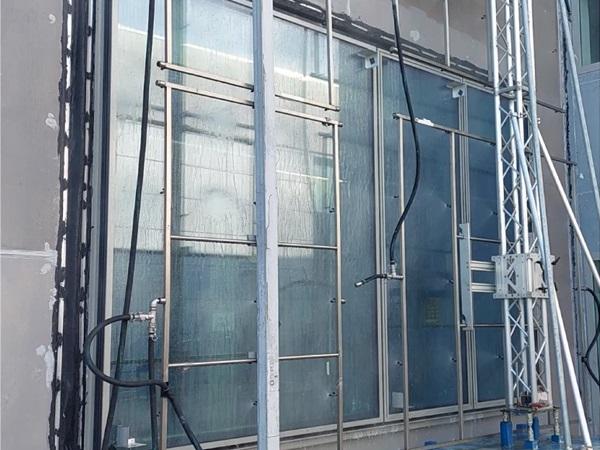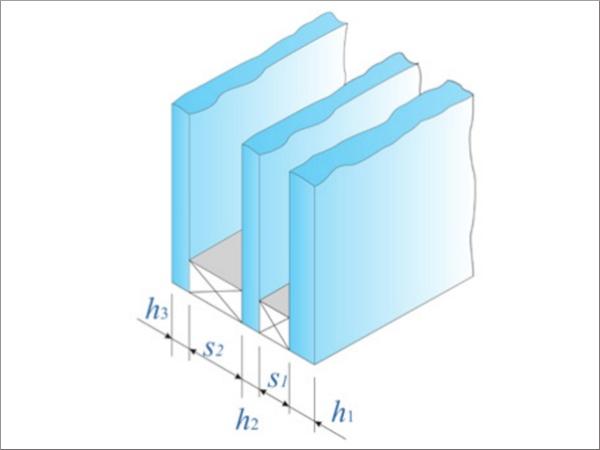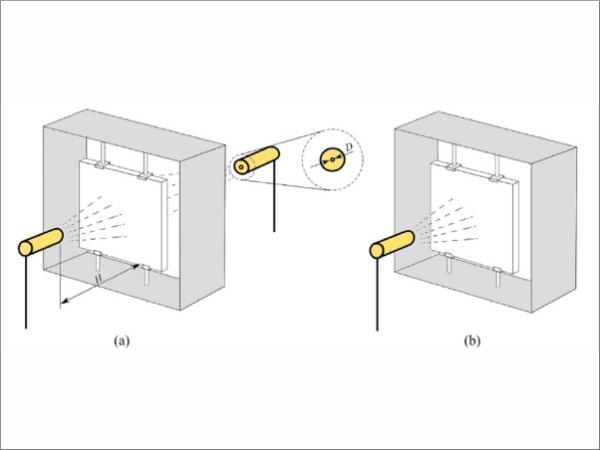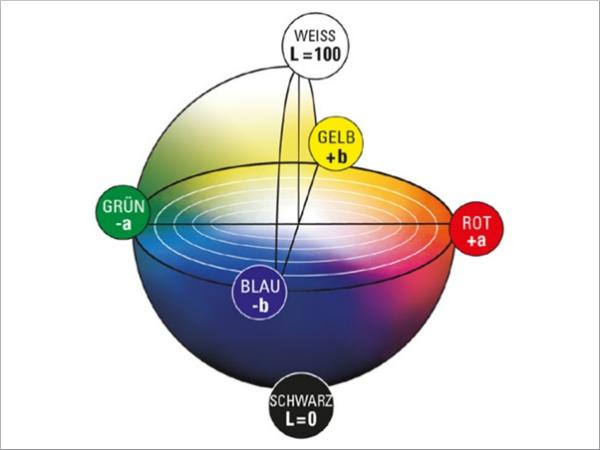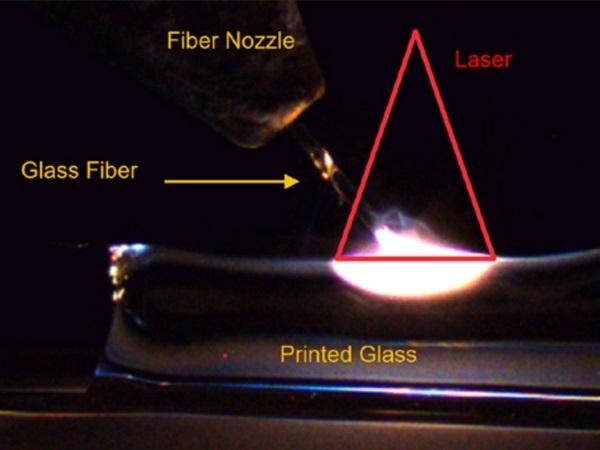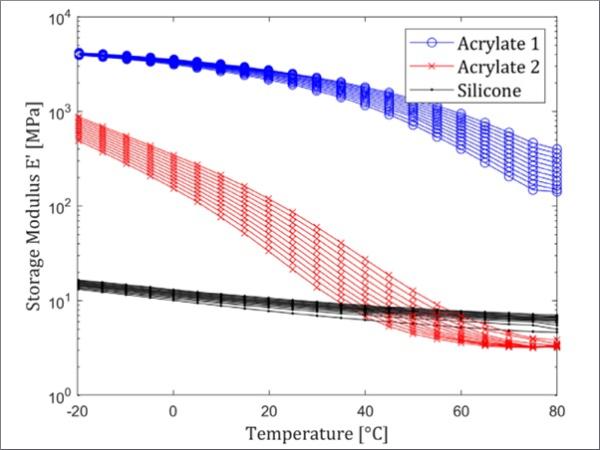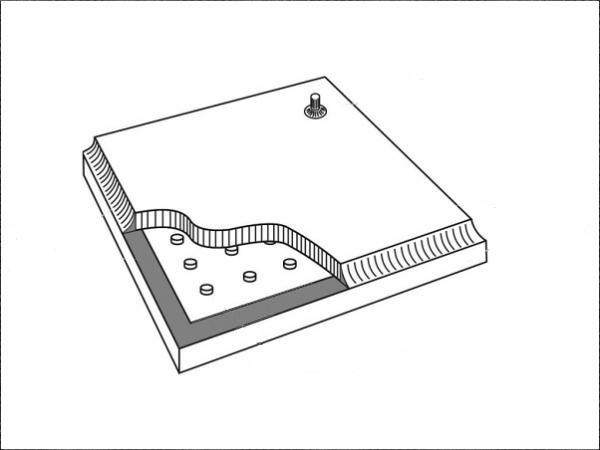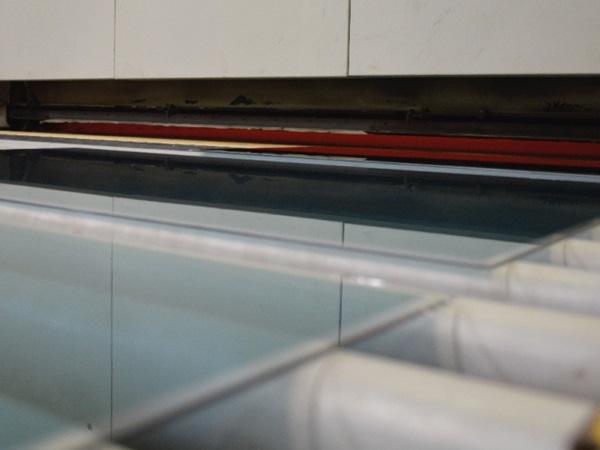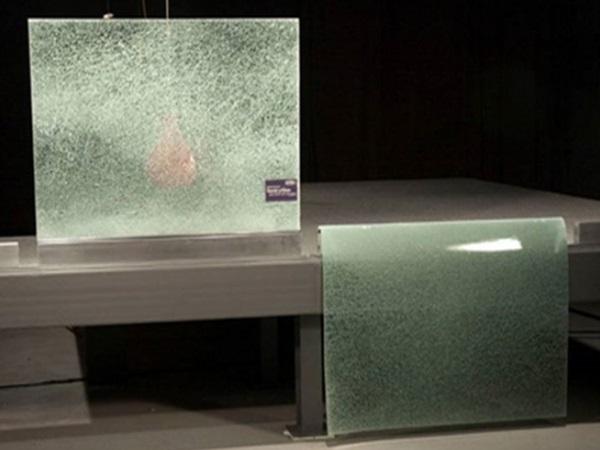Others also read
| In this latest Glastory blog, Uwe Risle explains why thin triple IG units are gaining popularity and what the key differences are between thin triple IGUs and other insulating glass types.
| In order to minimize the environmental impact of glass by preserving the embodied carbon and substituting newly produced glasses, the reuse of glass is considered to be of the highest potential.
| The four point bending test is one of the most commonly used and standardised tests to determine the mechanical properties of materials.
| The aim of this work is to investigate how the load level affects the crack propagation and to generate an experimental database for L-shaped soda-lime glass specimens with curved crack paths.
| This paper is concerned with the design of a load-bearing adhesive joint for use in a fluid-filled insulating glass unit.
| The research presents advantages and disadvantages for each different load type regarding interlayer chemical response.
| The paper will show the critical aspect of using the right lighting and lenses and the settings needed to obtain high quality images of complex 3D damage.
| This paper presents the findings of the evaluation of an epoxy adhesive for structural glass to steel continuous bonds.
| The study is based on an extensive experimental campaign and an associated parametric study to test alternative designs under both quasi-static and dynamic loading conditions.
| The BAM approach is here validated by means of comparison with numerical results obtained with MEPLA-ISO software.
| Glass is most often heat treated before using it as a structural material. In this context, thermal tempering is the most effective and efficient method to enhance the load bearing capacity and strength of glass.
| Today talking about the trends, challenges, and innovations of flat glass lamination on Glastory.
| This contribution introduces concepts for prestressing laminated glass beams with Fe-SMA tendons adhesively or mechanically connected to the glass beams.
| Proposal for a simplified engineering approach.
| The objective of this study is to understand the response of laminated glass under high-rate bending in the laboratory at rates representative of blast loading.
| The redeveloped CME Center lobby is defined by a striking, wavelike 24’ tall glass façade.
| The ability to predict interlayer and glass temperatures in the glass lamination process is the key factor for success.
| In this contribution, a long-lasting natural weather testing of several glass types, mostly LSG with different interlayer materials, and the effect of the different color patterns of paper and textile specimens are presented.
| The present study investigates the loadbearing capacity of additive manufactured components composed of glass.
| This paper delves into the potential of two UV-curing acrylate adhesives, scrutinizing their material behavior through meticulous uniaxial tension tests and dynamic mechanical-thermal analysis.
| Vacuum insulated glazing (VIG) is a glass structure where two glass panes are connected by a hermetic seal over their perimeter, with a vacuum gap between the panes.
| Implementing quality controls and checkpoints during production and inspecting 100% of the tempering process, guarantees less rejections in the field converting into more profit.
| Glass tempering is a process that can be made in many ways to get tempered glass that meets the standards. The selected way is usually chosen by the operator and is almost always based on experience instead of science.
| An equivalent temperature difference model for engineering glass design
| The use of laminated glass with PVB and ionoplast interlayers not only offers improved safety but can also be designed to help mitigate security threats ranging from basic safety to burglary and forced entry resistance and even ballistic protection.

